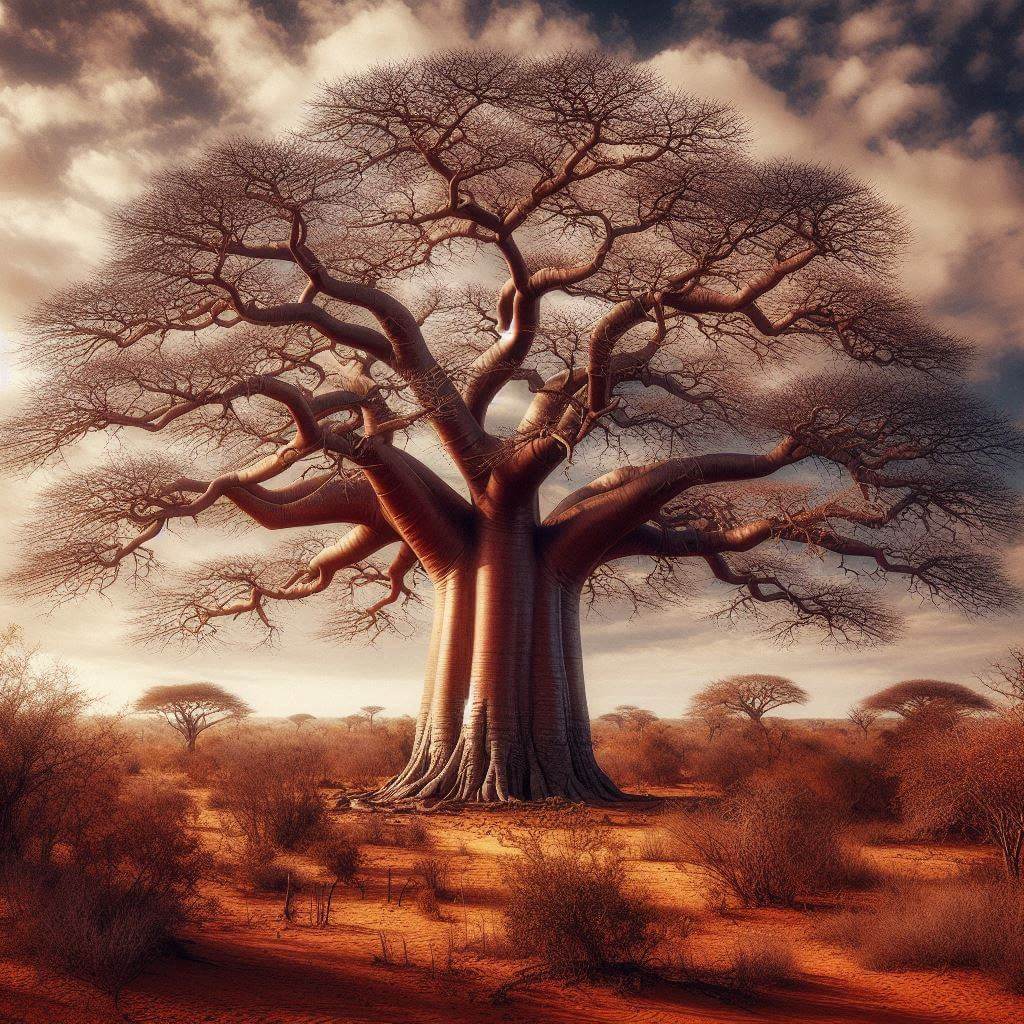The flag of Namibia is a striking and symbolic design that reflects the country's history, natural beauty, and aspirations. It features a diagonal band of red with white borders, separating two triangles - blue on top and green on bottom. In the upper left corner, a golden sun with twelve triangular rays adds a distinctive touch to the flag's appearance.
Namibia information
| National Flag Day | March 21 |
| Sovereign state | Yes |
| Official name | Republic of Namibia |
| Capital | Windhoek |
| Population | 2,533,794 |
| Area | 825,418 km² |
| Currency | Namibian dollar (NAD) |
| Language | English, Afrikaans, German, Oshiwambo, Khoekhoe, !Kung |
| Continent | Africa |
| Region | Southern Africa |
| Subregion | — |
| Borders | Angola, Botswana, South Africa, Zambia |
| Timezone | Central African Time (CAT) UTC+1 |
| Calling code | +264 |
| Top-level domain | .na |
History of the Namibian Flag
 Namibia's flag was officially adopted on March 21, 1990, the day the country gained independence from South African rule. The design was carefully chosen to represent Namibia's journey to independence, its diverse landscape, and its hopes for the future. It was the result of a national competition, with the winning design created by Frederick Brownell, who was also responsible for designing the post-apartheid flag of South Africa.
Namibia's flag was officially adopted on March 21, 1990, the day the country gained independence from South African rule. The design was carefully chosen to represent Namibia's journey to independence, its diverse landscape, and its hopes for the future. It was the result of a national competition, with the winning design created by Frederick Brownell, who was also responsible for designing the post-apartheid flag of South Africa.
Symbolism and Design of the Namibian Flag
Every element of the Namibian flag is rich with meaning:
- The blue triangle represents the sky and the Atlantic Ocean, vital to Namibia's climate and economy.
- The red diagonal stripe symbolizes the heroism of the people and their determination to build a future of equal opportunity.
- The white borders of the red stripe represent peace and unity.
- The green triangle stands for the country's agricultural resources and vegetation.
- The golden sun in the upper left corner symbolizes life and energy. Its 12 triangular rays represent the 12 major ethnic groups of Namibia.
Usage and Significance of the Namibian Flag
 The Namibian flag is a source of national pride and unity. It flies prominently on government buildings, schools, and public spaces across the country. During national celebrations, such as Independence Day on March 21, the flag takes center stage in parades and official ceremonies. Internationally, it represents Namibia at diplomatic events, sports competitions, and global forums. For Namibians, the flag is a powerful reminder of their hard-won independence, rich cultural heritage, and shared vision for a prosperous future.
The Namibian flag is a source of national pride and unity. It flies prominently on government buildings, schools, and public spaces across the country. During national celebrations, such as Independence Day on March 21, the flag takes center stage in parades and official ceremonies. Internationally, it represents Namibia at diplomatic events, sports competitions, and global forums. For Namibians, the flag is a powerful reminder of their hard-won independence, rich cultural heritage, and shared vision for a prosperous future.
Interesting Facts About the Namibian Flag
- Namibia's flag is one of the few national flags to feature a sun symbol, reflecting the country's desert landscape and abundant sunshine.
- The flag's designer, Frederick Brownell, spent considerable time researching Namibian history and culture to create a truly representative design.
- The flag's colors were partly inspired by the flag of the South West Africa People's Organization (SWAPO), which led the independence movement.
- Despite being a relatively young flag, it has quickly become an iconic symbol of Namibia, recognized both within the country and internationally.
- The flag's design has influenced other aspects of Namibian national symbolism, including government logos and national sports team uniforms.